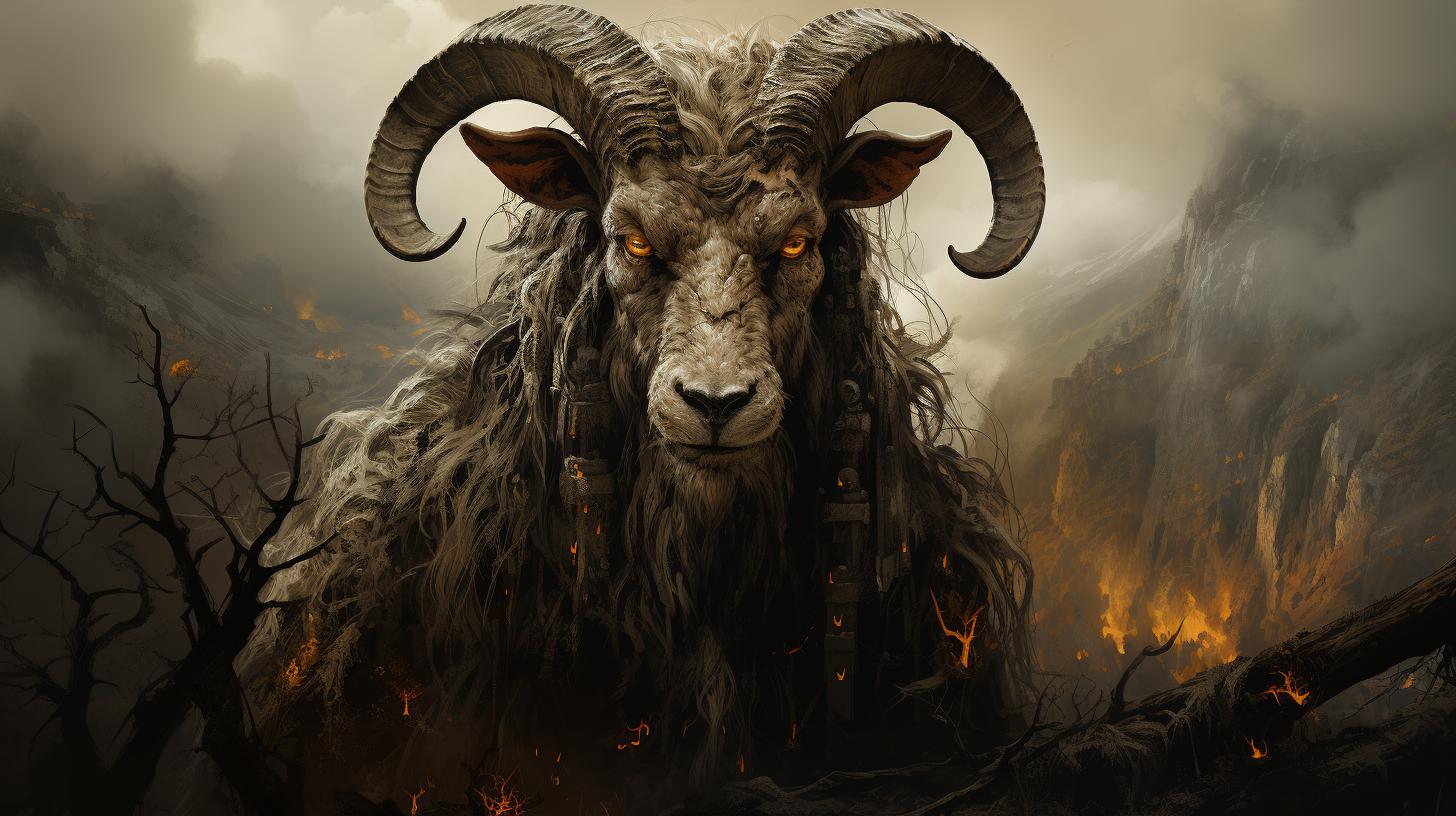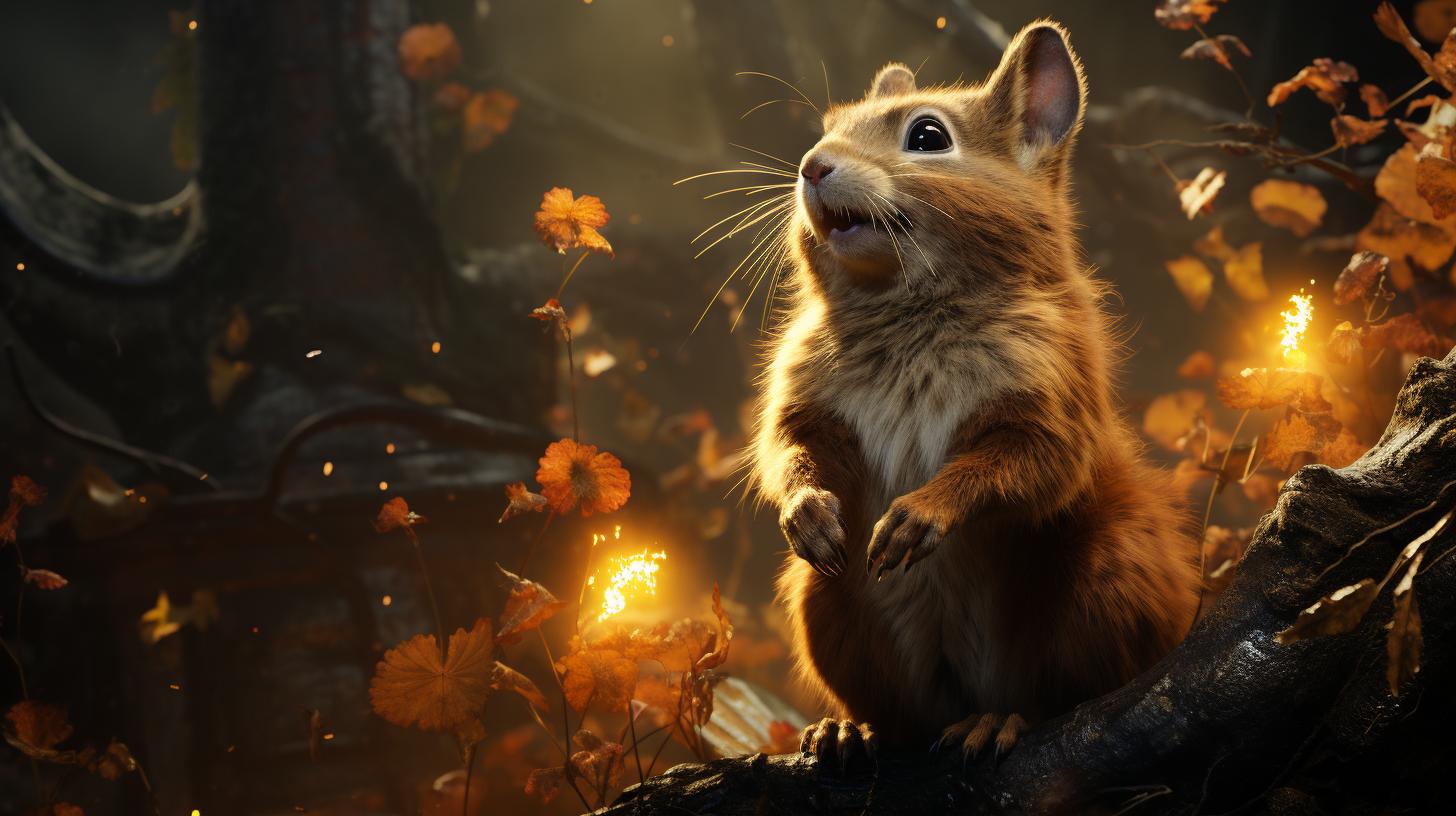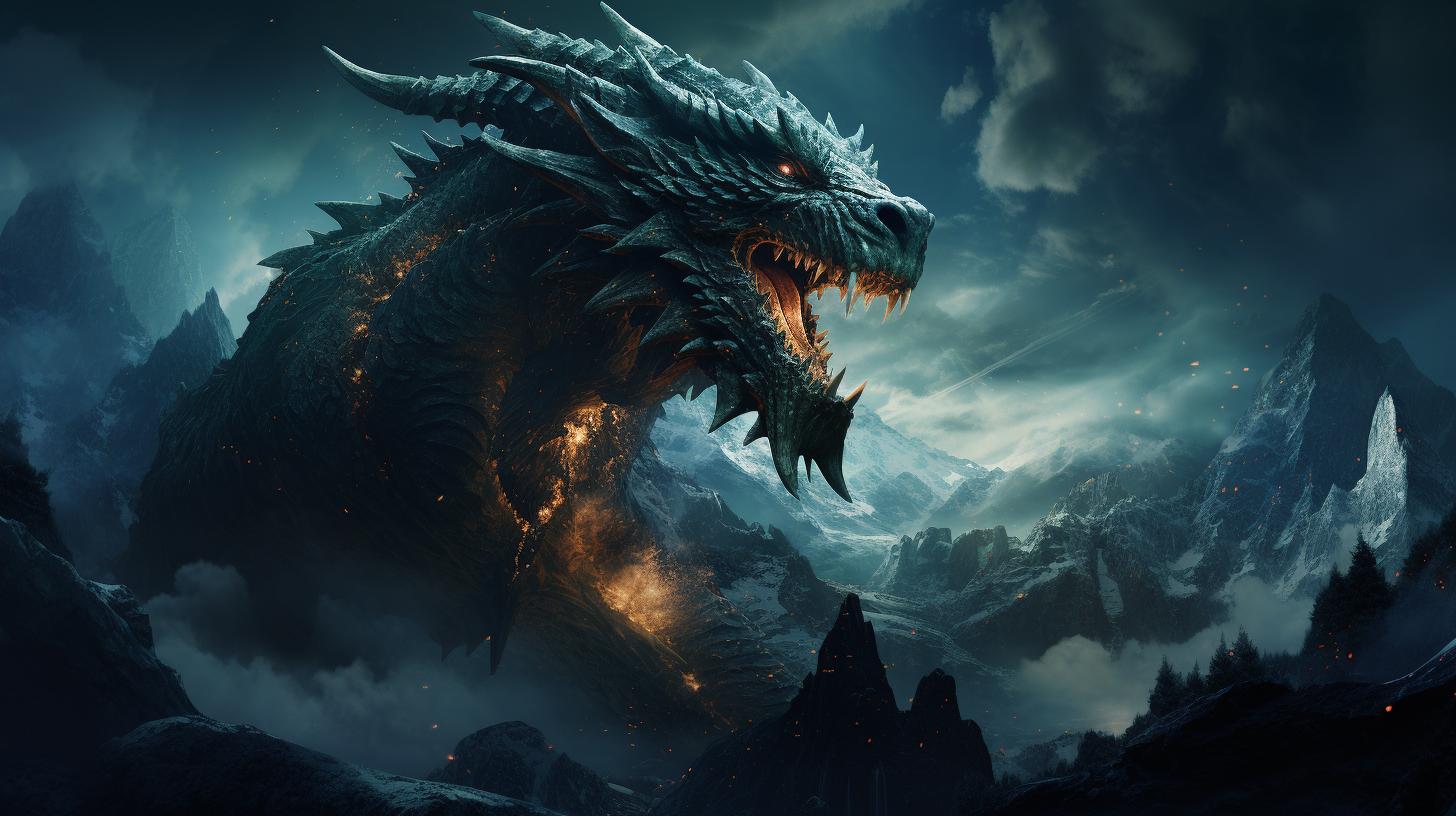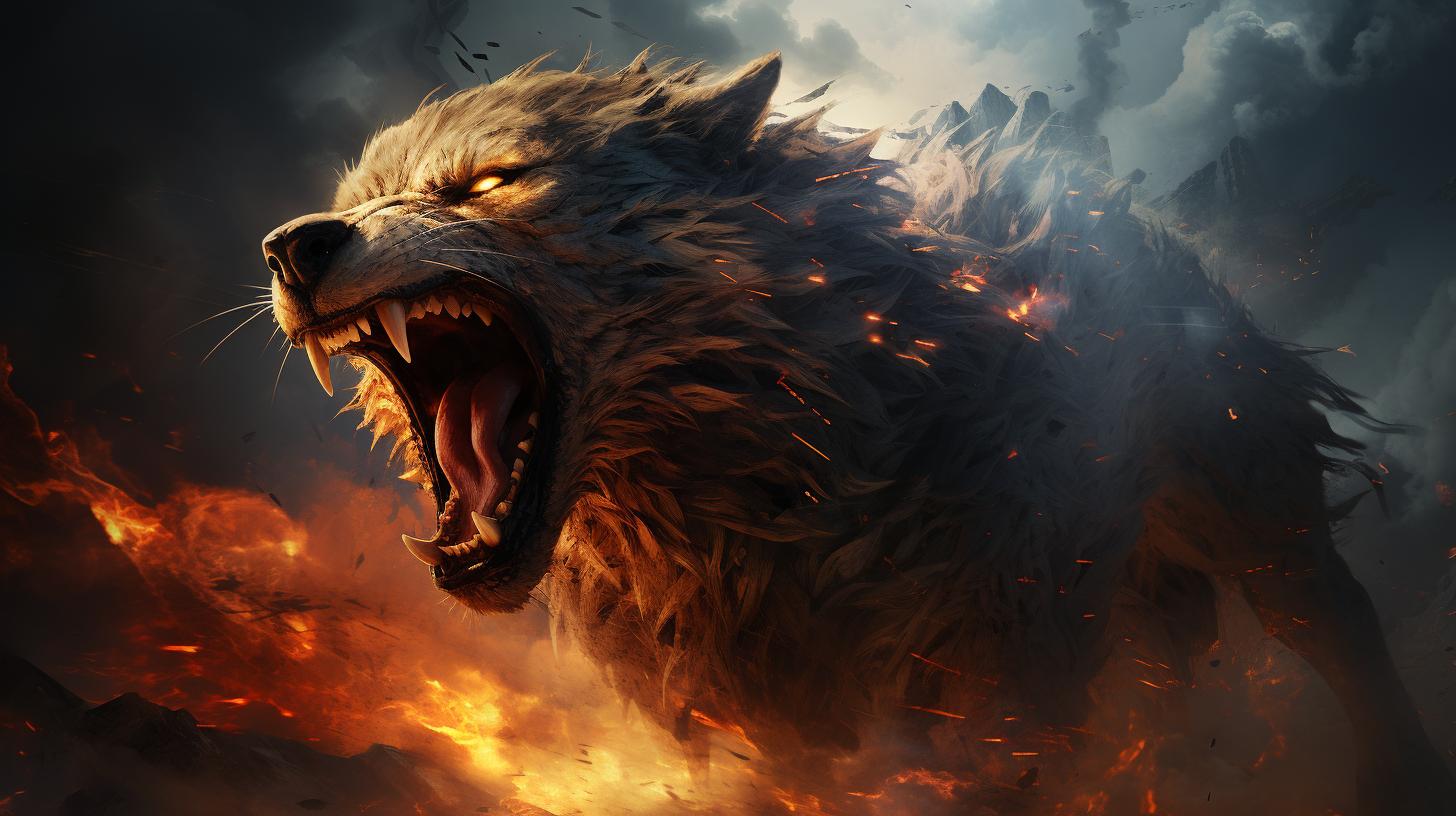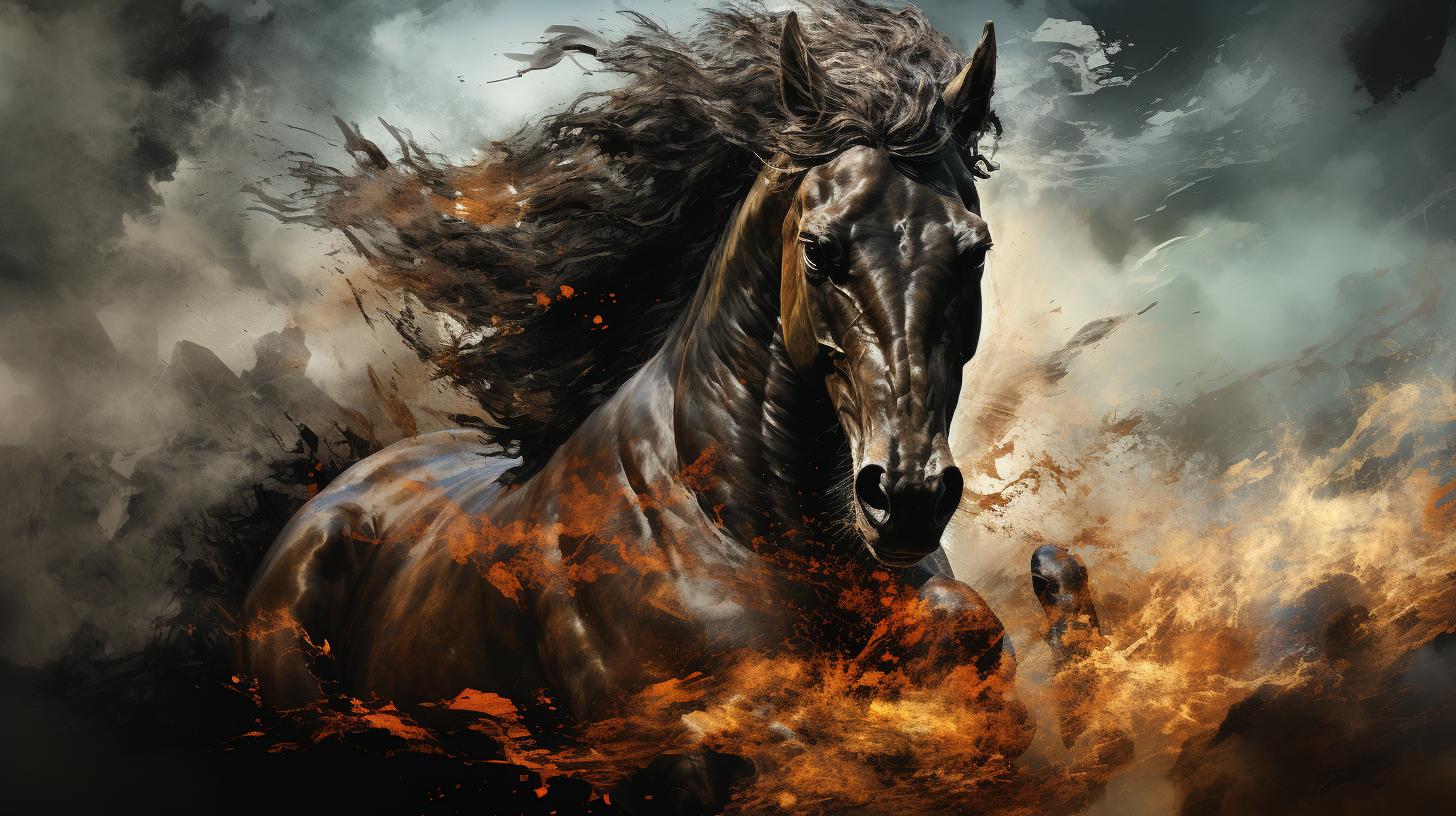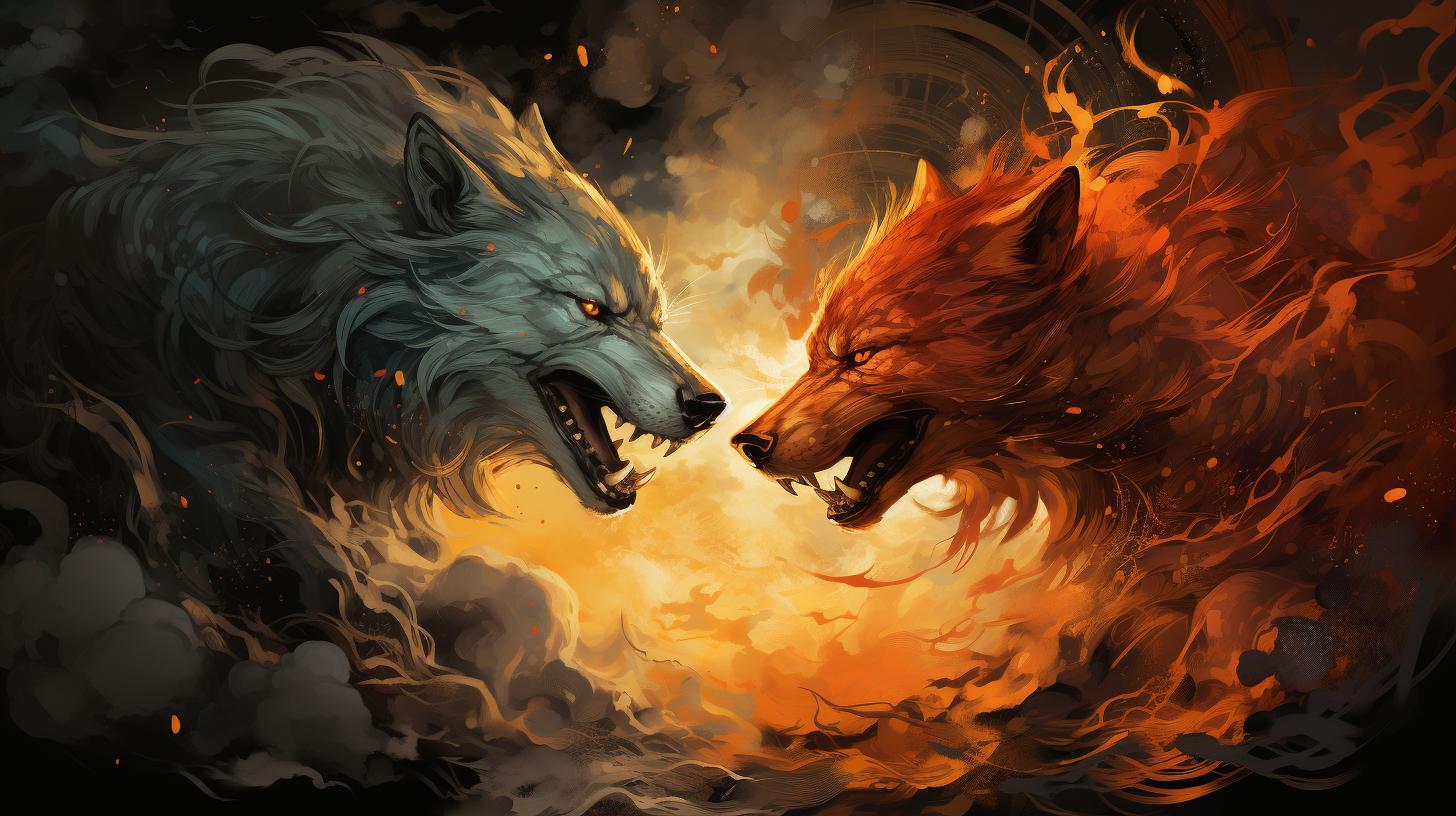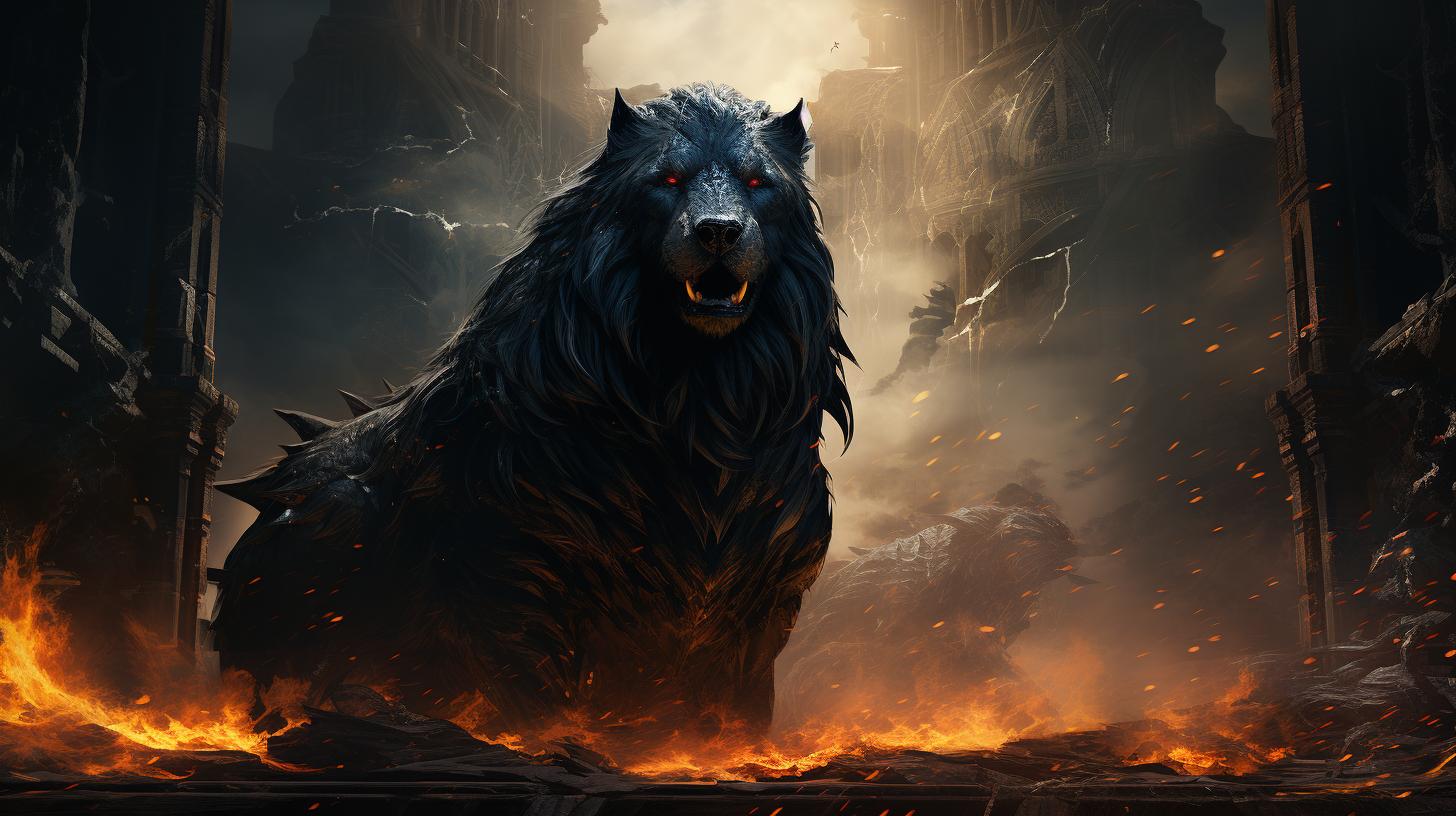Heidrun Norse Mythology: An Intriguing Tale of Divine Mead and Warriors in Valhalla
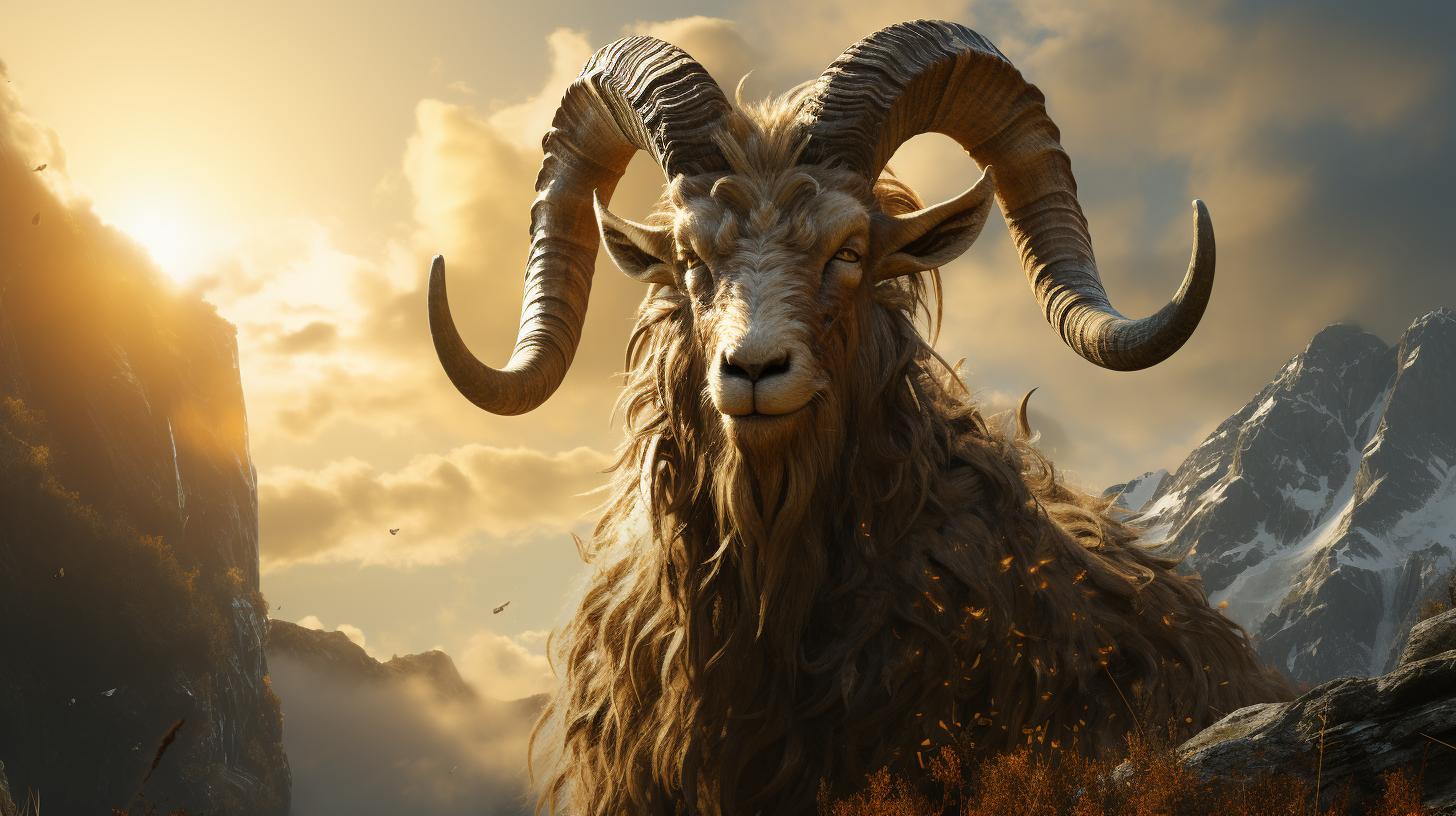
Heidrun is a mythical goat in Norse mythology, residing on the roof of Valhalla, the great hall of the gods in the realm of Asgard. It possesses the remarkable ability to generate endless amounts of mead, a divine beverage that sustains fallen warriors known as Einherjar in Valhalla.
Derived from the Nordic words “heið” for bright or clear, and “rún” for secret or mystery, Heidrun draws nourishment from the leaves of the World Tree, Yggdrasil. This introduction provides a brief overview of the significance of Heidrun and its association with divine inspiration, as well as its resemblance to other mythical creatures in Norse mythology.
The Mythical Goat Heidrun: Origins and Symbolism
The origins and symbolism of the mythical goat Heidrun in Norse mythology are captivating and intriguing. Heidrun is a legendary creature that resides on the roof of Valhalla, the majestic hall of the gods in Asgard.
This mysterious goat is renowned for its ability to produce an endless abundance of mead, a divine drink that serves as sustenance and beverage for the fallen warriors, known as Einherjar, who are brought to Valhalla by the Valkyries after dying in battle.
The name “Heidrun” is derived from the Old Norse words “heið” meaning bright or clear, and “rún” interpreted as secret or mystery. It reflects the enigmatic nature of this mythical creature and adds to its allure.
Heidrun feeds on the leaves of Yggdrasil, the World Tree, connecting it to the fundamental forces that sustain the universe in Norse cosmology.
Heidrun’s existence symbolizes the immense importance that the Norse placed on mead, which transcended being a mere drink and became a poetic metaphor for inspiration and the divine bestowal of wisdom.
The goat’s role as the provider of mead parallels other mythical beings in Norse mythology, such as Sæhrímnir, the sacrificial boar that resurrects daily to provide a sumptuous feast for the gods in Valhalla, and Audhumla, the cow that incessantly provides milk to the primordial giant Ymir.
References to Heidrun can be found in ancient Norse texts such as the Grimnismál, the Hyndluljóð, and the Prose Edda.
These poems and narratives mention Heidrun’s function of supplying mead to the warriors in Valhalla, highlighting the enduring legacy of this figure in Norse mythology.
Hidromiel: The Divine Mead of Heidrun
Hidromiel holds a significant place in Norse culture, intertwining both practical and symbolic meanings.
It is not merely a beverage, but a divine elixir that carries deep significance. Let us delve into the importance of hidromiel in Norse culture and its connection to divine inspiration.
The Importance of Hidromiel in Norse Culture
In Norse mythology, hidromiel represents far more than a drink. It embodies the essence of life, serving as sustenance for fallen warriors in Valhalla. This divine mead symbolizes abundance, nourishment, and the eternal cycle of life and death.
For the Norse, hidromiel was a precious gift, offering strength and vitality to those who consumed it. It held a central role in both feasting and ritualistic contexts, reinforcing the deep cultural significance placed on communal celebrations and shared experiences.
The brewing and sharing of hidromiel was a revered practice, with its production intertwined with mythical elements. Its association with Heidrun, the mythical goat of Valhalla, further exemplifies its prominence in Norse culture.
The Connection between Hidromiel and Divine Inspiration
Beyond its mere physical sustenance, hidromiel held poetic and spiritual significance. It was believed that consuming this divine mead provided warriors with not only nourishment but also enlightenment and inspiration.
Hermetic poets, in particular, sought the intoxicating effects of hidromiel to achieve a state of poetic ecstasy.
They believed that through the consumption of this sacred beverage, they could tap into the divine realm and gain access to profound wisdom and artistic inspiration.
The association between hidromiel and divine inspiration emphasizes the belief in the transcendent power of this mead, connecting individuals to the divine and unlocking their creative potential.
In conclusion, hidromiel plays a crucial role in Norse culture, serving as a symbol of abundance, nourishment, and divine inspiration. Its significance goes beyond quenching thirst, representing the eternal cycle of life and death, and granting warriors access to transcendent realms.
This divine mead and its connection to Heidrun highlight the complexity and depth of Norse mythology.
Heidrun and Other Mythological Beings in Norse Mythology
In Norse mythology, Heidrun is a fascinating figure, but it is not the only mythical being that holds significance in this ancient belief system. There are other creatures in Norse mythology that share similarities with Heidrun, further enriching the intricate tapestry of this mythology.
Let’s explore two such beings: Sæhrímnir, the sacrificial boar, and Audhumla, the endless milk provider.
Similarities with Sæhrímnir: The Sacrificial Boar
Sæhrímnir, like Heidrun, plays a crucial role in the afterlife realm of Valhalla. It is a boar that is sacrificed daily and then resurrected to provide an abundant feast for the gods and fallen warriors.
Both Heidrun and Sæhrímnir symbolize the idea of sustenance and provision in the realm of the divine.
However, there are some notable differences between Heidrun and Sæhrímnir. While Heidrun produces mead, the divine drink of the gods, Sæhrímnir provides a sumptuous feast for the inhabitants of Valhalla.
This contrast highlights the different ways in which the Norse mythology depicts the divine sustenance and nourishment in the afterlife realm.
Similarities with Audhumla: The Endless Milk Provider
Audhumla, the primeval cow in Norse mythology, bears resemblance to Heidrun due to its ability to provide endless milk. Just as Heidrun supplies the warriors with mead, Audhumla supplies the first giant, Ymir, with sustenance in the form of milk.
Both beings are associated with the concept of unending nourishment and abundance.
Interestingly, the connection between Heidrun, Sæhrímnir, and Audhumla reveals a recurring theme in Norse mythology – the importance of sustenance and provision from mythical creatures.
These beings symbolize the cycle of life and nourishment within the divine realm, showcasing the intricate belief system of the Norse culture.
Heidrun in Ancient Norse Texts
Heidrun, the mythical goat of Norse mythology, finds its presence in various ancient Norse texts, highlighting its significance in the mythological tales of the Norse culture. Let’s explore some of the notable references to Heidrun in these texts.
References to Heidrun in the Grimnismál
In the ancient poem Grimnismál, Heidrun is mentioned in a stanza that describes Valhalla, the grand hall of the gods. It portrays Heidrun standing on the roof of Valhalla and producing mead from the leaves of Yggdrasil.
This reference emphasizes the role of Heidrun as the divine provider of sustenance for the fallen warriors in Valhalla.
Mentions of Heidrun in the Hyndluljod
Heidrun’s presence also surfaces in the poem Hyndluljod, where it is briefly spoken of in the context of the genealogy of a character named Hyndla. Although the mention of Heidrun in this poem is relatively brief, it attests to the enduring nature of Heidrun’s significance in Norse mythology.
Heidrun’s Presence in the Prose Edda
In the Prose Edda, a compilation of Norse myths and legends, Heidrun is prominently featured in Gylfaginning, one of the sections of the text. It elaborates on the role of Heidrun in providing mead for the warriors in Valhalla, reinforcing the idea of Heidrun as a crucial aspect of the afterlife for fallen heroes.
These references to Heidrun in ancient Norse texts solidify its mythical status and affirm its importance within the rich tapestry of Norse mythology.
Frequently Asked Questions about Heidrun Norse Mythology
How do you pronounce Heidrun?
Heidrun is pronounced as “HAY-droon”. The first syllable rhymes with “hay,” and the second syllable is pronounced like the word “dune.”
What role did Heidrun play in Valhalla?
In Valhalla, Heidrun’s role was to provide the fallen warriors, known as Einherjar, with an endless supply of mead. The divine mead produced by Heidrun served as sustenance and drink for these brave warriors who were brought to Valhalla by the Valkyries after dying in battle.
It symbolized the abundant rewards of their courageous deeds.
Is Heidrun mentioned in any other mythological sources?
Yes, Heidrun is mentioned in various ancient Norse texts. The Grimnismál, Hyndluljod, and Prose Edda contain references to Heidrun and its pivotal role in providing mead to the warriors in Valhalla.
These mentions shed light on the enduring legacy of Heidrun in Norse mythology and highlight its significance in the Norse cultural narrative.
.











